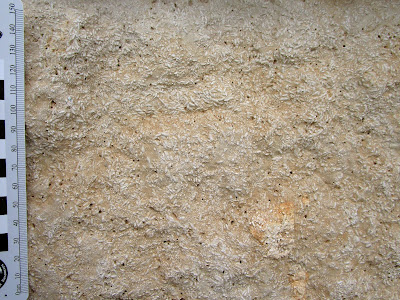There's been a distinct lack of dinosaurian content around here for the past few months. To be honest, this is partially on my end: my own attention and energy have been elsewhere, and I haven't been all that interested in what has been coming down the pipe (I don't care if spinosaurs fished, hunted, scavenged, browsed, or got take-out). However, there is something external going on as well. With about half of the year in the books, I think it's reasonable to guess that 2022 is not going to be remembered as a banner year in the field of dinosaur paleontology. This is a predictable result of the COVID-19 pandemic: you don't just find a couple of bones in the rock and name them then and there. (Well, you *can*, but it generally doesn't go over well. Don't you at least want to prep the bones first?) Between excavation, preparation, comparative study, writing, revising, reviewing, and publishing, description of a fossil takes years. What happens when travel is greatly curtailed and museums close their doors? You've cut off those first three parts. Sure, maybe you have time to write now, but you can't participate in expeditions and excavations, you can't prepare fossils, and you can't go to other institutions to look at their specimens. The slowdown wasn't immediately evident in the literature in 2020 because there were still plenty of papers in the pipeline. With that in mind, there was still a pretty decent flow through 2021.
Then things tightened up. Looking at one measurement of activity, in 2022 we've gone through three stretches of a month or more without a new genus or species: from late December 2021 to early February 2022, mid-March to late April, and early May to the present. We're currently in the longest gap between new taxa since whatever happened (or didn't happen) between late November 2016 and early February 2017. In addition, many of the species that have been named are not known from especially complete specimens, to put it politely. I don't know about you, but I've gotten the impression that there's been some clearing out of small projects (which would make sense under pandemic conditions). This slowdown would reflect the challenges of working on research projects in 2020–2021, and it would be safe to suspect that we are in for at least a few more slow months (with the opportunity for global political and economic instability to wreak their own impacts following).



